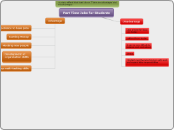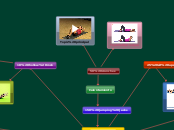jonka Marisol Olaya 4 vuotta sitten
548
Tai chi
Tai chi is a practice rooted in ancient Taoist philosophy, emphasizing the balance of yin and yang. It serves as both a physical exercise and a meditative practice, incorporating elements of yoga and relaxation techniques.









